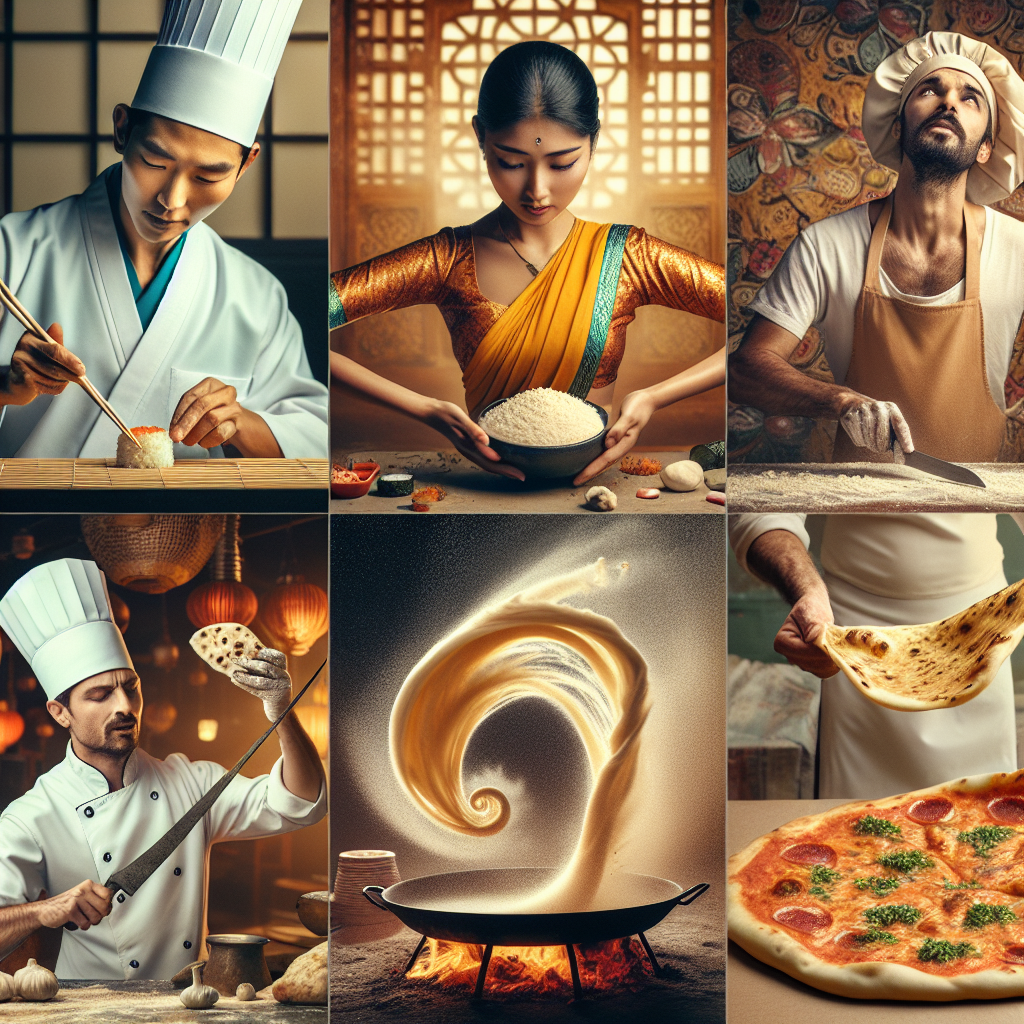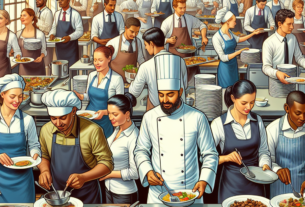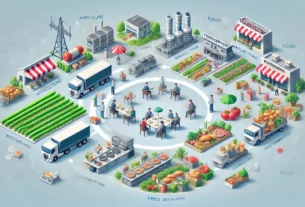Introduction
The restaurant industry has undergone significant changes in recent years, particularly in how they leverage social media to drive sales. With the rise of platforms like Instagram, Facebook, and Twitter, restaurants have found new ways to connect with customers and promote their offerings. In this report, we will explore how restaurants are using social media to drive sales, including specific examples and data to support our findings.
Current Landscape
According to a recent study by the National Restaurant Association, 90% of restaurants are actively using social media to promote their businesses. This includes posting photos of their food, sharing promotions, and engaging with customers through comments and direct messages. The most popular platforms among restaurants are Instagram, Facebook, and Twitter, with each serving a different purpose in their marketing strategy.
Instagram has become a go-to platform for restaurants looking to showcase their dishes and attract new customers. With its visual nature, restaurants can post high-quality photos and videos of their menu items, enticing followers to visit their establishment. Some restaurants have even partnered with food influencers to reach a wider audience and increase their social media presence.
Facebook remains a staple for many restaurants, allowing them to create events, share updates, and engage with their customer base. Restaurants can also run targeted ads on Facebook to reach specific demographics and promote special offers or events. Additionally, Facebook reviews play a crucial role in attracting new customers, as positive reviews can build credibility and trust among potential diners.
While not as visually focused as Instagram, Twitter provides restaurants with a platform to share real-time updates, respond to customer inquiries, and participate in trending conversations. Restaurants can use Twitter to promote daily specials, announce new menu items, and interact with their followers in a more casual and immediate manner.
Success Stories
Several restaurants have seen significant success in driving sales through their social media efforts. One notable example is The Cheesecake Factory, which has over 2 million followers on Instagram and regularly posts mouth-watering photos of their desserts. By engaging with their followers and running targeted ads, The Cheesecake Factory has been able to increase foot traffic to their restaurants and drive sales.
Another success story is Shake Shack, known for its viral marketing campaigns on social media. By creating buzz around new menu items and collaborating with popular influencers, Shake Shack has built a loyal following and continues to see growth in both online orders and in-store sales.
Challenges and Opportunities
While social media can be a powerful tool for restaurants, it also comes with its own set of challenges. One common issue is managing negative reviews and feedback, which can quickly escalate on platforms like Yelp or Twitter. Restaurants must be proactive in addressing customer complaints and turning negative experiences into positive ones.
On the flip side, social media also presents opportunities for restaurants to showcase their unique offerings and connect with a wider audience. By leveraging user-generated content, running contests, and partnering with influencers, restaurants can create a sense of community and excitement around their brand, ultimately driving sales and loyalty.
Future Trends
Looking ahead, the use of social media in the restaurant industry is only expected to grow. With the rise of new platforms like TikTok and Snapchat, restaurants will have even more opportunities to engage with customers and showcase their creativity. Additionally, advancements in technology, such as AI-powered chatbots and virtual reality experiences, will further enhance the customer experience and drive sales for restaurants.
In conclusion, social media has become an essential tool for restaurants looking to drive sales and connect with customers. By leveraging platforms like Instagram, Facebook, and Twitter, restaurants can showcase their offerings, engage with their audience, and ultimately drive foot traffic and sales to their establishments. As the industry continues to evolve, restaurants must stay ahead of the curve and adapt their social media strategies to remain competitive in the ever-changing landscape.



